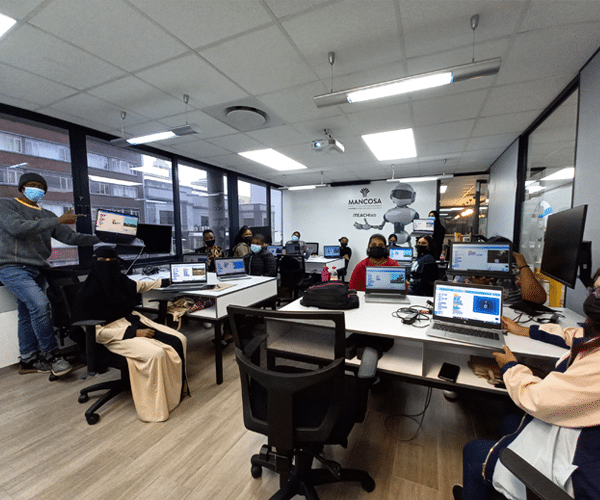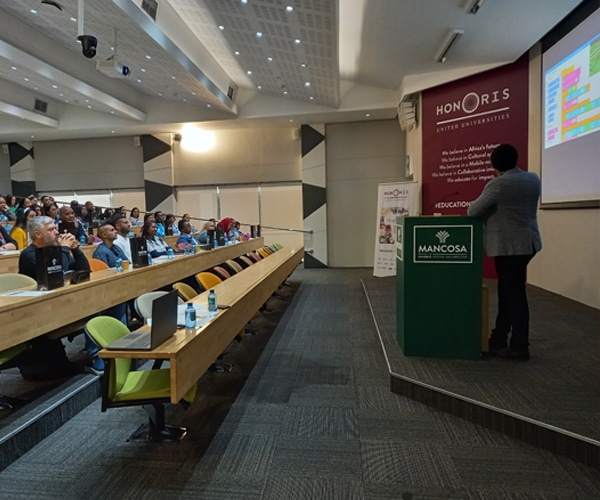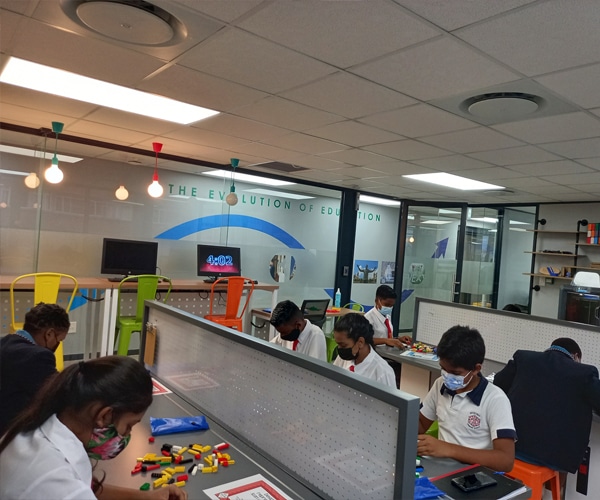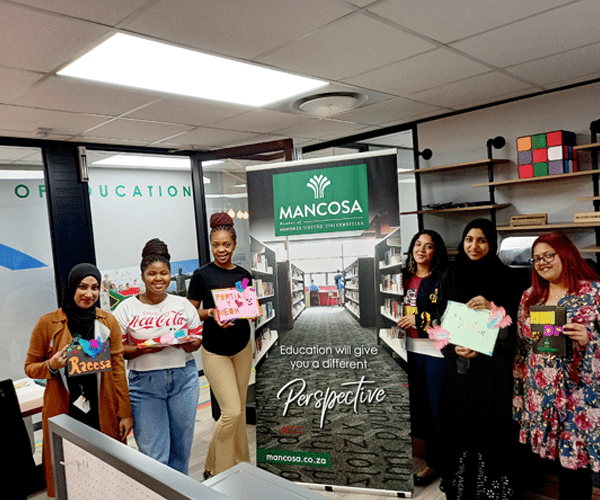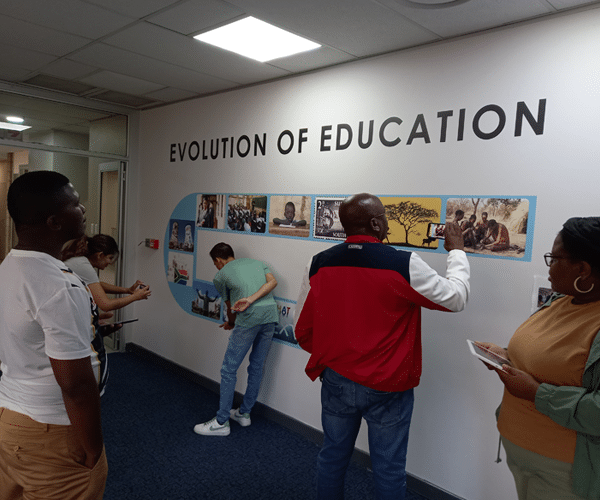STEAM Education in cultivating 21st Century skills
The amount of students that choose STEM topics as a post-secondary option is viewed as essential to a country’s economic prosperity.
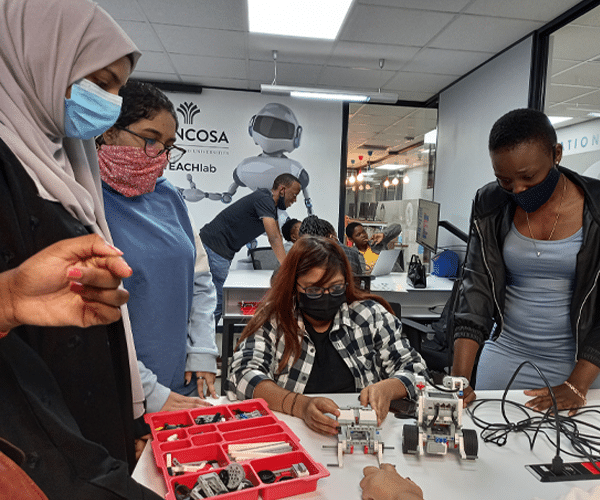
Authors

Mr. Vicent Mbonye
iTEACHlab Manager vicent.mbonye@mancosa.co.za
The amount of students that choose STEM topics as a post-secondary option is viewed as essential to a country’s economic prosperity. However, there have been criticisms raised about how those disciplines are currently taught, including a lack of creativity, the need to focus on inter- and transdisciplinary collaboration, the need for a broader understanding of science, and STEM’s marginalization of societal and environmental problems (Colucci-Gray et al., 2017).
Students frequently possess topic-area expertise but lack a concept of how their subject relates to other subjects.
Research has shown that occupation-specific skills are no longer sufficient for graduates to meet the needs of today’s labour markets (Suarta, Suwintana, Sudhana, & Hariyanti, 2017). As such, graduates with excellent 21st century employability skills are in great demand. Problem-solving abilities, decision-making abilities, teamwork abilities, creativity, and initiative are among these skills. Personal characteristics such as self-awareness, independence, adaptability, creativity, and initiative are also included.
In south Africa, the department of basic education has identified 21st century skills as a high priority (News 24, 2020). This is because 21st century skills include some essential skills, such as learning and innovation skills, which further break down into creativity and innovation, critical thinking and problem solving, communication and collaboration (Ge, Ifenthaler, & Spector, 2015). 21st century skills can be better cultivated through STEAM education (Ge et al., 2015). Arts integration benefits kids’ cognitive, emotional, and intellectual development, as well as their critical thinking and problem-solving skills. It also fosters creativity and facilitates self-expression (Ge et al., 2015).
Furthermore, studies have indicated that the more access points or brain pathways formed, the better the chances of memory and retention. Integrating the arts into core curriculum areas not only allows students to study a single concept from several perspectives, but it also allows them to use all of the different learning modes, such as visual, aural, and kinaesthetic. This leads to the formation of more neural pathways (Land, 2013).Thus through STEAM education STEM subject can be better learnt.
Taking STEAM to class
It is important to note that cross-curricular collaboration is at the heart of STEAM education (Land, 2013). As a result, teachers must be willing to collaborate in both planning and teaching the lesson. Teachers need to choose a concept or topic that connects the two curriculum areas. If the theme is building a house, for example, the mathematics teacher might introduce skills such as budgeting. Simultaneously, the art teacher might teach skills such as aesthetic appeal, home colors, and so on.
Conclusion
In conclusion, occupation-specific skills are no longer adequate to match the demands of today’s labor markets. Graduates who can embrace, manage, and prosper in fast changing economies are increasingly in demand. With this in mind, cultivating these attributes is crucial. Moreover, as a result of globalisation, the modern job market is marked by fast change and greater competitiveness. Students must be problem solvers, think creatively, and adapt to change fast in order to prosper in such an atmosphere. STEAM education offers a way to foster these skills and, as a result, schools should consider adding STEAM lessons in their curriculum.
References
Colucci-Gray, L., Trowsdale, J., Cooke, C. F., Davies, R., Burnard, P., & Gray, D. S. (2017). Reviewing the potential and challenges of developing STEAM education through creative pedagogies for 21st learning: how can school curricula be broadened towards a more responsive, dynamic, and inclusive form of education?
Ge, X., Ifenthaler, D., & Spector, J. M. (2015). Moving forward with STEAM education research. Emerging technologies for STEAM education, 383-395.
Land, M. H. (2013). Full STEAM ahead: The benefits of integrating the arts into STEM. Procedia Computer Science, 20, 547-552.
News 24. (2020). Grades R to 3 will start coding and robotics classes next year. Is it really a good idea? , from https://www.news24.com/parent/learn/learning-difficulties/grades-r-to-3-will-start-coding-and-robotics-classes-next-year-is-it-really-a-good-idea-20190718
Suarta, I. M., Suwintana, I. K., Sudhana, I. F. P., & Hariyanti, N. K. D. (2017). Employability skills required by the 21st century workplace: A literature review of labor market demand. Paper presented at the International Conference on Technology and Vocational Teachers (ICTVT 2017).
